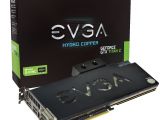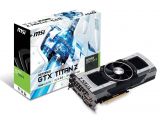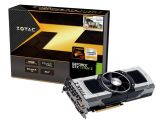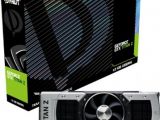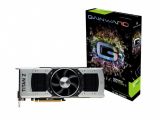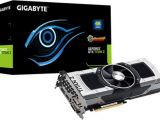Now that NVIDIA has finally released the GeForce GTX Titan Z dual-GPU graphics adapter, the company's many partners have added their respective iterations to various retailers around the world.
It's been over a month (some might say close to two) since the dual-chip video card from NVIDIA was supposed to come out.
Alas, because NVIDIA had to refine the driver, the product was put off again and again, with fairly little in the way of official explanation.
Fortunately, the card has finally been released, which is why all of NVIDIA's partners have pushed forward their respective models.
Most of the triple-slot cards stick to the reference specifications, but some have the GPUs working a bit faster than NVIDIA intended.
Also, some boards have different coolers, like the EVGA Hydro Copper that boasts a water block instead of the air cooler.
NVIDIA may not have allowed its OEMs to tweak the PCBs or basic design much, but it didn't forbid minor alterations. And water cooling doesn't exactly fall under “customization” anyway. Not really.
For those who want a refresher course, the technical traits of the GeForce GTX Titan Z video boards are the following.
First off, there are 5,760 CUDA cores in total, thanks to two GK110 GPUs with 2,880 CUDA cores each.
Secondly, each GPU has a base clock of 705 MHz and a GPU Boost top setting of 876 MHz. Even the overclocked boards coming out of the woodworks don't go much higher.
After all, there is the power draw limit to consider here, since the TDP is of 375W and needs the power supply of the computer to supply at least 700W to the whole system (preferably without wasting much, as demanded by the 80 Plus scale).
The video card has 12 GB of GDDR5 VRAM, as it has been known for weeks. 6 GB are assigned to each GPU and controlled via 384-bit interfaces (768 bits in total). The memory clock is of 7 GHz.
All in all, the NVIDIA GeForce GTX Titan Z graphics card boasts a memory bandwidth of 672 GB/s and a texture fill rate of 338 GigaTexels per second.
Whether or not the price of $3,000 / €3,000 is deserved is up to each person's opinion. The latest driver may give the newcomer an advantage over AMD's Radeon R9 295 X2, but many may still feel it's not exactly high enough to justify the double price (R0 195 X2 sells for $1,500 / €1,500).
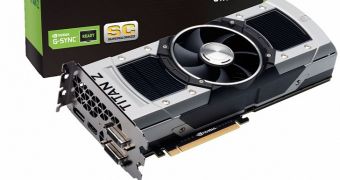
 14 DAY TRIAL //
14 DAY TRIAL // 
